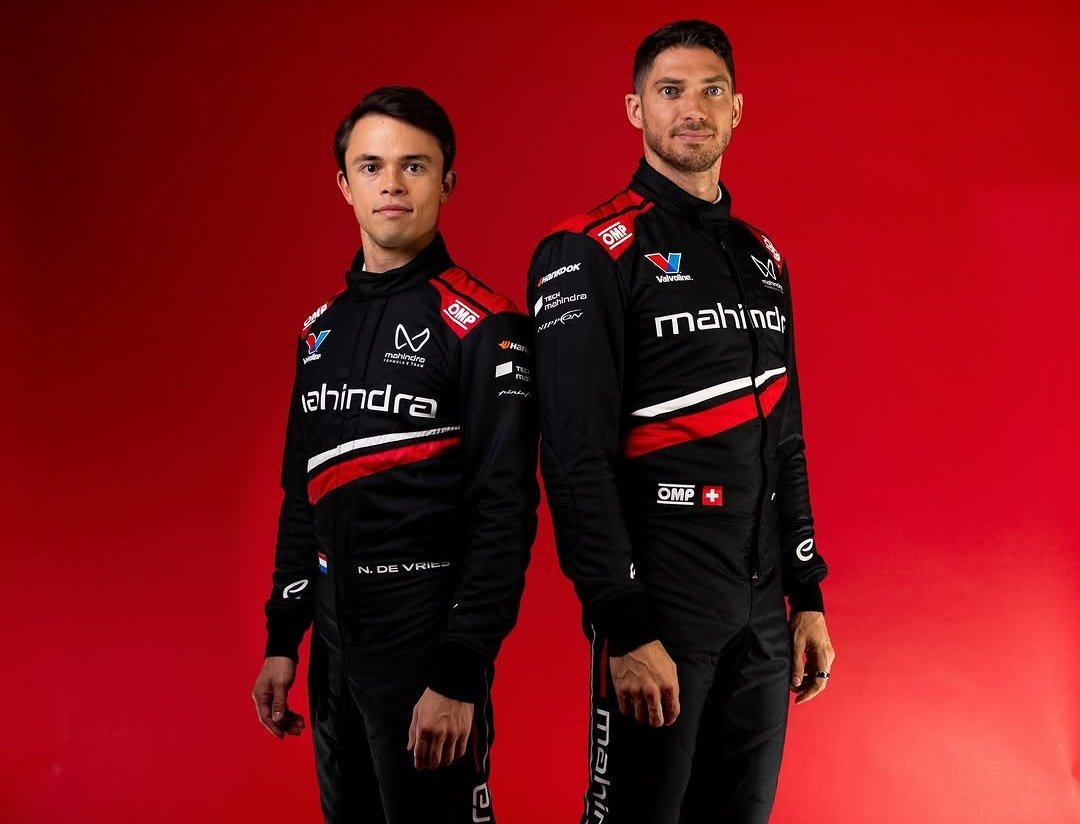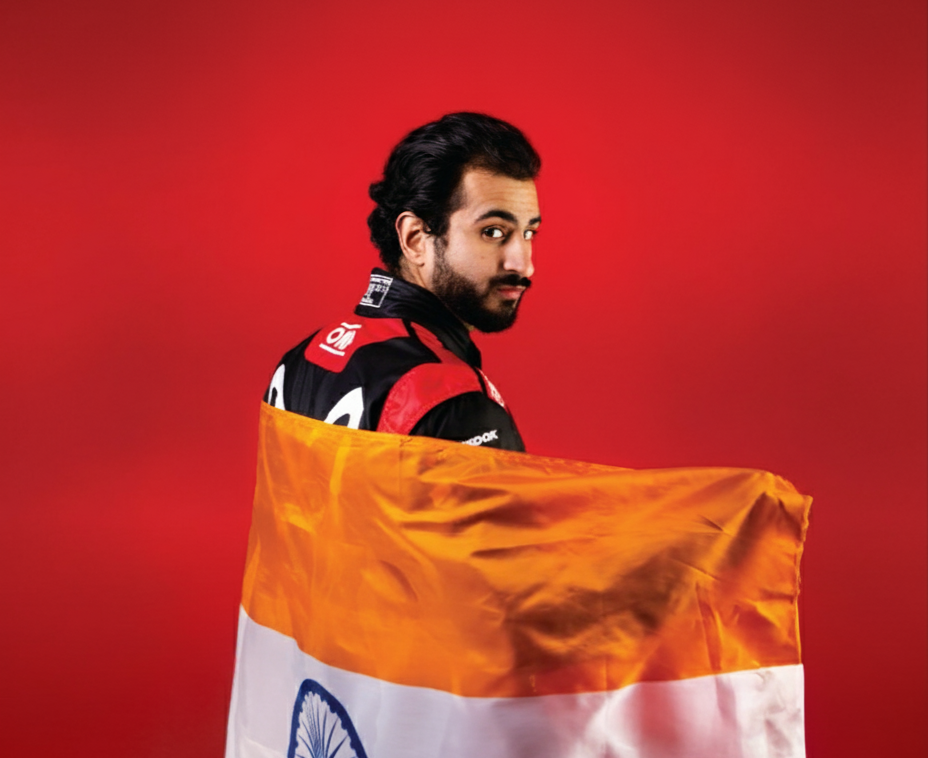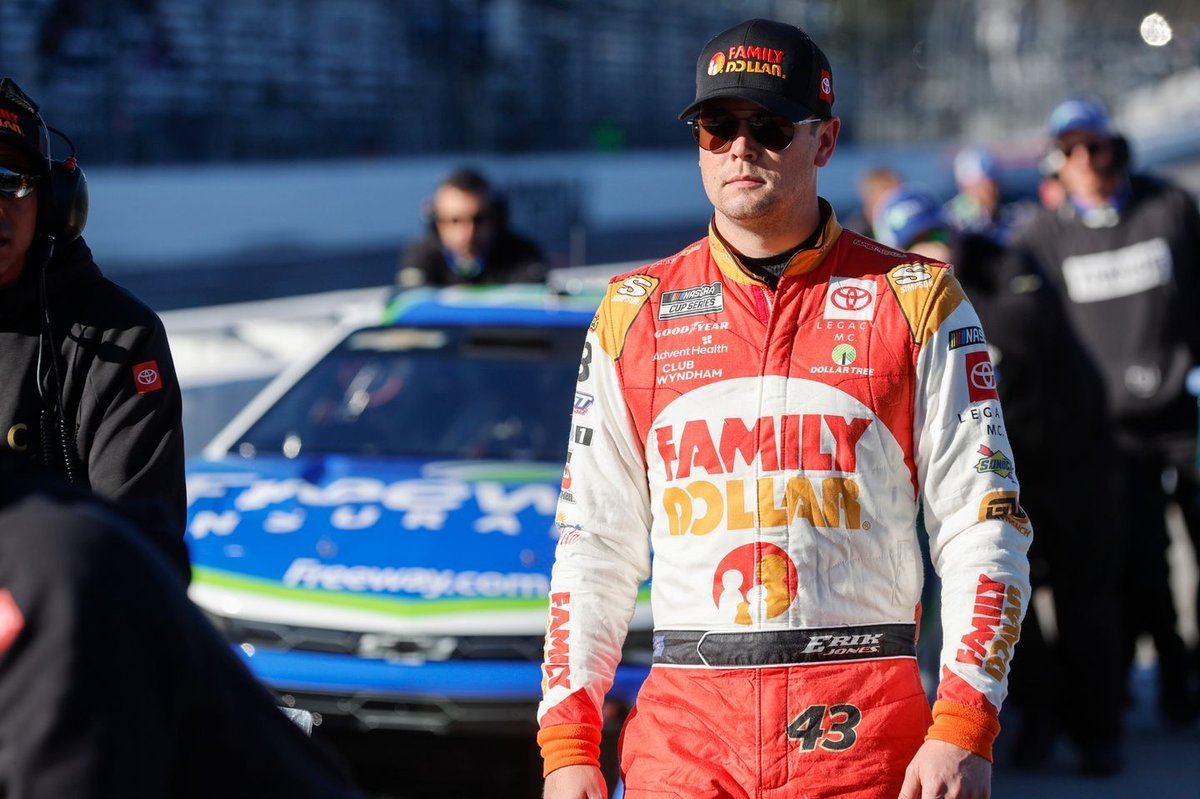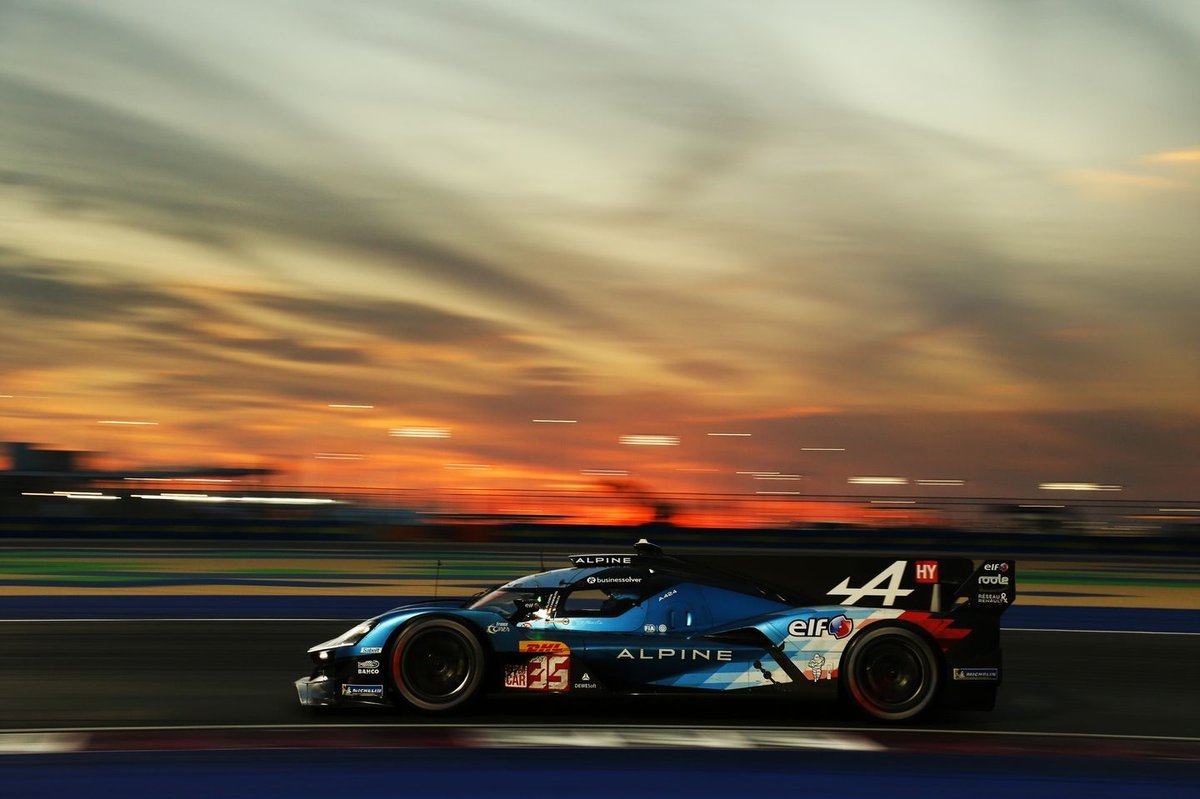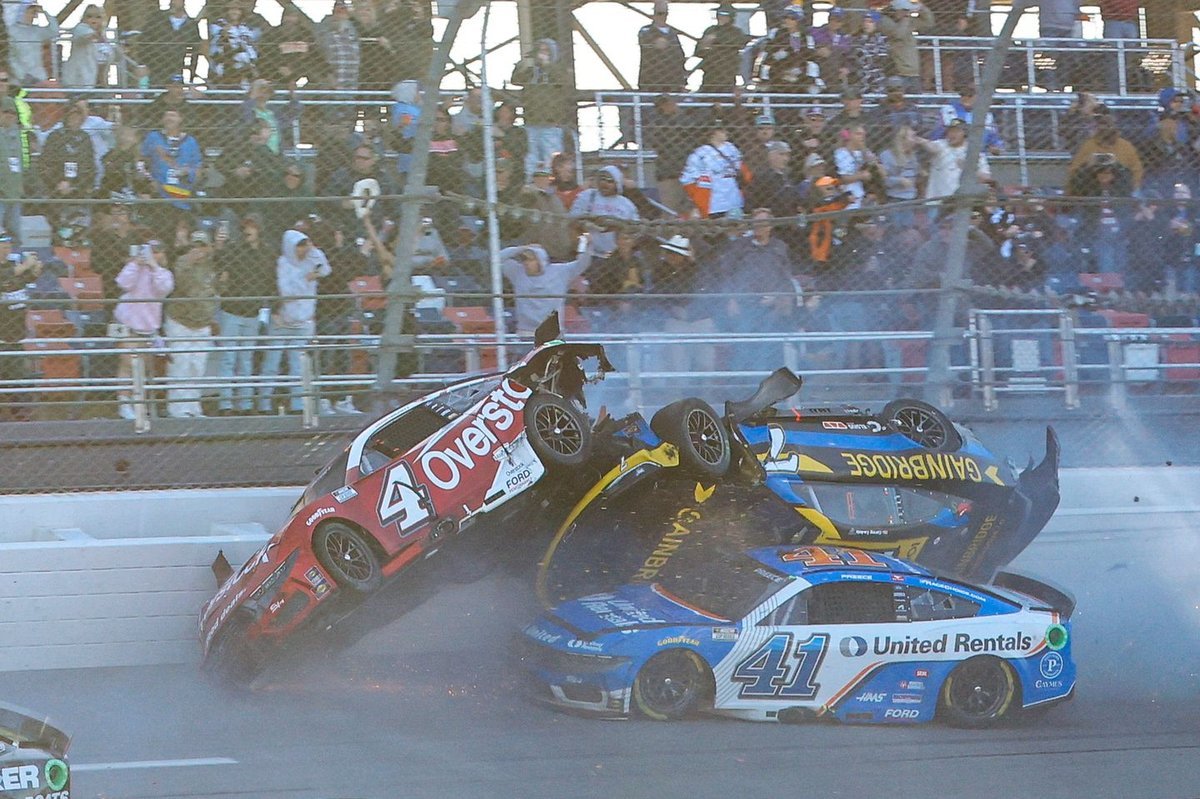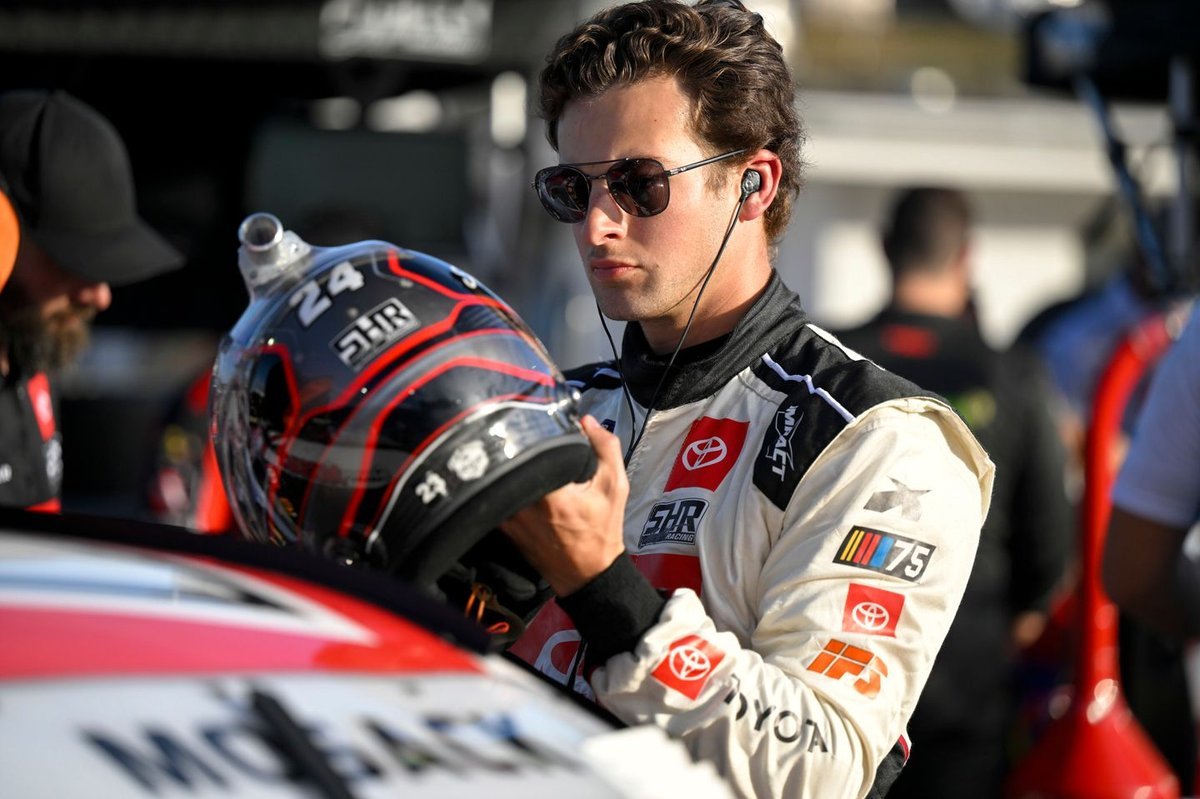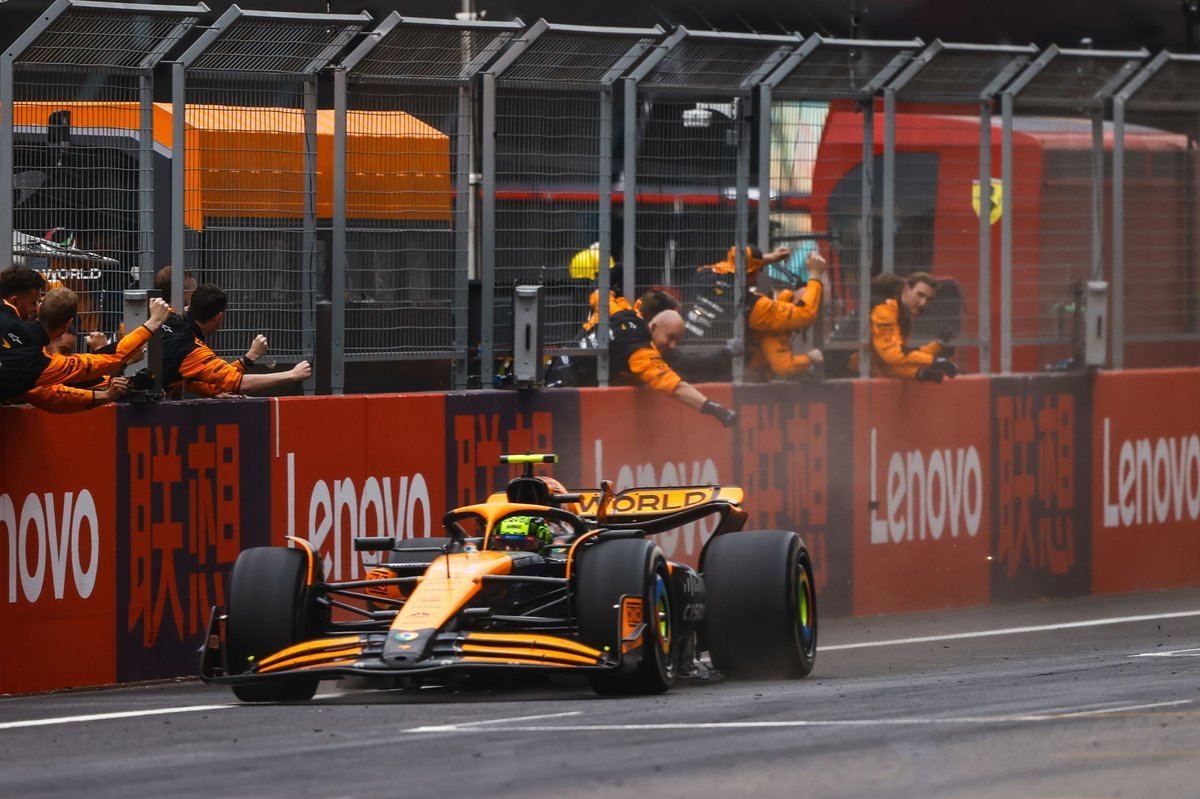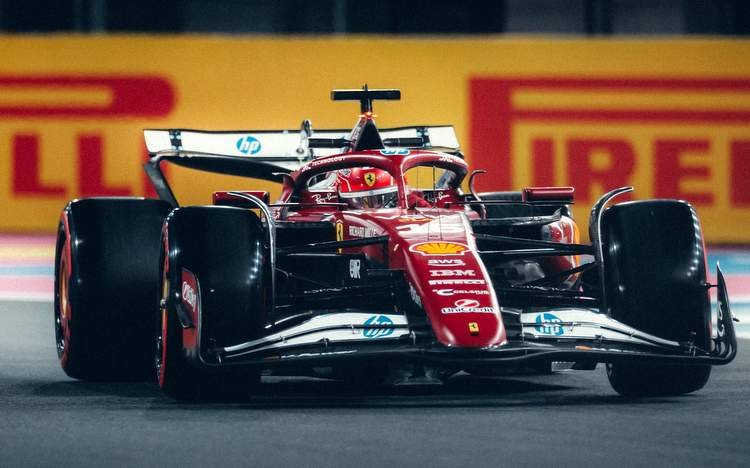
Lewis Hamilton grows frustrated at Ferrari after a winless 2025 season, pushing for internal reforms and calling for improved team execution.
When Lewis Hamilton joined Ferrari for the 2025 Formula 1 season, it was meant to be a fairytale — a legendary driver uniting with the sport’s most iconic team. Yet, reality has been far from rosy. According to Corriere della Sera, Hamilton’s patience is wearing thin as the team struggles to deliver a single win this season. Behind the red curtain at Maranello, the seven-time world champion is said to be urging for deep internal reforms, updated procedures, and better execution — but his influence appears more limited than expected.
The Dream Turns Sour: Hamilton’s Ferrari Move in 2025
When Lewis Hamilton announced his move to Ferrari, fans across the globe imagined a storybook ending — the British icon chasing his record-breaking eighth world title in Ferrari red. The partnership promised passion, prestige, and a resurgence of Ferrari’s championship hopes. But as the 2025 season unfolded, the dream began to falter.
Despite flashes of potential early on, Ferrari’s lack of consistency and questionable strategic calls have left Hamilton without a single win. What was supposed to be a new dawn has instead turned into a season of frustration.
A Season Without Triumphs
Ferrari entered 2025 with optimism, fueled by new upgrades and the arrival of one of the most successful drivers in Formula 1 history. Yet, Hamilton’s campaign has been marred by poor execution, reliability issues, and strategic blunders.
The team’s pace has often looked promising in qualifying, but race day tells a different story. Mistimed pit stops, poor tire management, and missed opportunities have cost the Scuderia valuable points — and Hamilton’s patience is clearly running out.
The Source of Hamilton’s Frustration
According to Corriere della Sera, Hamilton has voiced his dissatisfaction behind closed doors, particularly with Ferrari’s race execution and decision-making processes. The veteran driver is said to have urged for a more streamlined approach — one that minimizes internal miscommunication and embraces modern data-driven strategies.
He reportedly feels that while Ferrari has the passion, it lacks the operational sharpness that defined his Mercedes years.
Matteo Togninalli Under Pressure
Much of Ferrari’s race execution falls under Matteo Togninalli, the team’s Head of Track Engineering, who has come under increasing scrutiny. His department is responsible for real-time decisions on race weekends — strategy, pit stop timing, and trackside coordination.
Following several costly errors, including confusion over tire strategies and delayed calls under safety car conditions, Hamilton’s camp reportedly wants a review of Togninalli’s position and Ferrari’s on-track communication structure.
Lessons From the China GP Disqualification
Ferrari’s double disqualification at the Chinese Grand Prix earlier this season was a major blow. Technical infringements related to fuel temperature and floor compliance not only cost them valuable points but also exposed deeper organizational weaknesses.
Hamilton, according to Italian media, was left exasperated by what he perceived as “avoidable mistakes.” For a champion who built his career on precision and consistency, such errors are unacceptable.
Hamilton’s Push for Structural Reforms
Sources claim Hamilton has repeatedly called for internal reforms, urging Ferrari to adopt a more transparent and accountable system for race operations. He has allegedly advocated for clearer communication between engineering teams, greater autonomy for strategists, and improved simulation tools.
But like trying to steer a massive ship, changing Ferrari’s deeply rooted traditions is easier said than done.
The Limits of His Influence
One of Hamilton’s biggest frustrations seems to stem from his limited influence within Ferrari’s hierarchy. Unlike at Mercedes, where his feedback shaped car development and team procedures, Ferrari’s structure is far more rigid and traditional.
Hamilton is reportedly pushing for more say in key decision-making areas — not to control the team, but to help refine its direction. Yet, despite his stature, the team has been slow to adapt.
Team Dynamics: Old Habits Die Hard
Ferrari is a team with a proud legacy, but also a reputation for internal politics and resistance to change. Hamilton’s arrival was meant to shake things up — but it seems the old culture persists.
From communication silos to cautious leadership, Ferrari’s bureaucracy may be holding it back in an era that demands agility and innovation.
Is Ferrari Listening to Its Star Driver?
That’s the million-dollar question. While Ferrari’s management, led by Fred Vasseur, has publicly backed Hamilton and praised his professionalism, insiders suggest there’s tension behind the scenes.
Hamilton’s calls for procedural upgrades reportedly haven’t translated into tangible results — at least, not yet. For a driver who’s accustomed to swift responses, that can feel like shouting into the void.
Comparing the Mercedes and Ferrari Cultures
Hamilton spent nearly a decade at Mercedes, a team renowned for its precision, organization, and calm execution under pressure. Ferrari, by contrast, operates with emotion — a strength that inspires fans but sometimes hinders decision-making clarity.
It’s like comparing a meticulously engineered symphony to a passionate but chaotic jazz band — both brilliant, but only one consistently hits the right notes.
Media and Fan Reactions
The Italian and British media have been buzzing with reports of growing tension. Fans, too, are divided — some sympathize with Hamilton’s frustration, while others believe he should adapt to Ferrari’s ways.
Social media debates paint a picture of a fanbase torn between loyalty to their hero and love for the team’s heritage.
Can Ferrari Recover Before the Season Ends?
There’s still time for redemption. Ferrari’s upcoming upgrades could close the gap to Red Bull and McLaren. But without sharper execution and cohesive leadership, hardware alone won’t fix the deeper issues Hamilton is highlighting.
For Ferrari, it’s a test of whether it can evolve without losing its identity.
What This Means for Ferrari’s Future
If Ferrari fails to heed Hamilton’s warnings, it risks losing more than just races — it could lose the trust of one of the sport’s greatest champions. His push for reform isn’t about ego; it’s about building a winning culture.
The real question is whether Ferrari will listen before frustration turns into disillusionment.
Hamilton’s Legacy and the Weight of Expectations
Every great driver has that one challenge that defines their twilight years. For Lewis Hamilton, it might be turning Ferrari back into a title-winning force. But right now, the road looks rocky.
He came to Maranello chasing history; now, he’s fighting against it.
The Road Ahead: Can the Partnership Still Work?
Despite the setbacks, all is not lost. Hamilton’s determination, coupled with Ferrari’s resources, still has the potential to spark a turnaround. But both sides must align — in vision, strategy, and trust.
If they can find that balance, this stormy chapter might just become the foundation for a triumphant comeback.
FAQs
1. Why is Lewis Hamilton frustrated at Ferrari?
Hamilton is reportedly unhappy with Ferrari’s poor race execution, internal inefficiencies, and lack of progress after a winless 2025 season.
2. Who is Matteo Togninalli and why is he under pressure?
Matteo Togninalli, Ferrari’s Head of Track Engineering, oversees race strategy and execution — areas that have come under scrutiny due to repeated errors.
3. What happened at the Chinese Grand Prix that angered Hamilton?
Ferrari faced a double disqualification in China due to technical infringements, which Hamilton viewed as an avoidable and costly mistake.
4. Does Hamilton have decision-making power at Ferrari?
Not as much as he did at Mercedes. Ferrari’s traditional structure limits his direct influence on strategy and procedural changes.
5. Can Ferrari and Hamilton still succeed together?
Yes, but only if the team implements structural reforms and improves operational efficiency — something Hamilton continues to push for.



